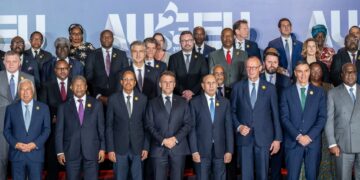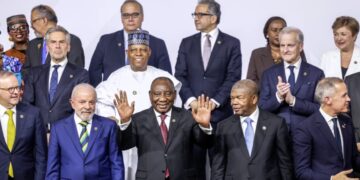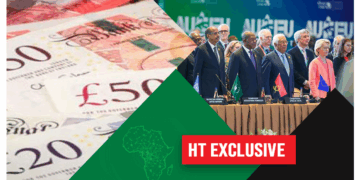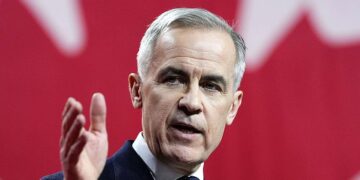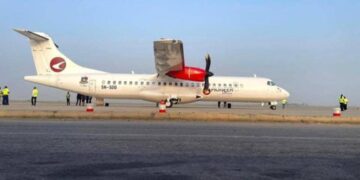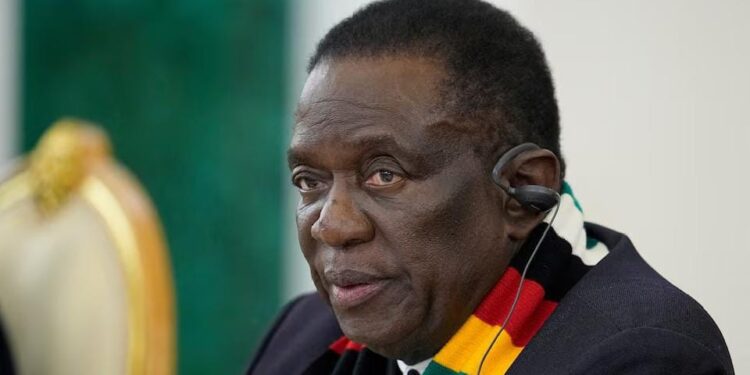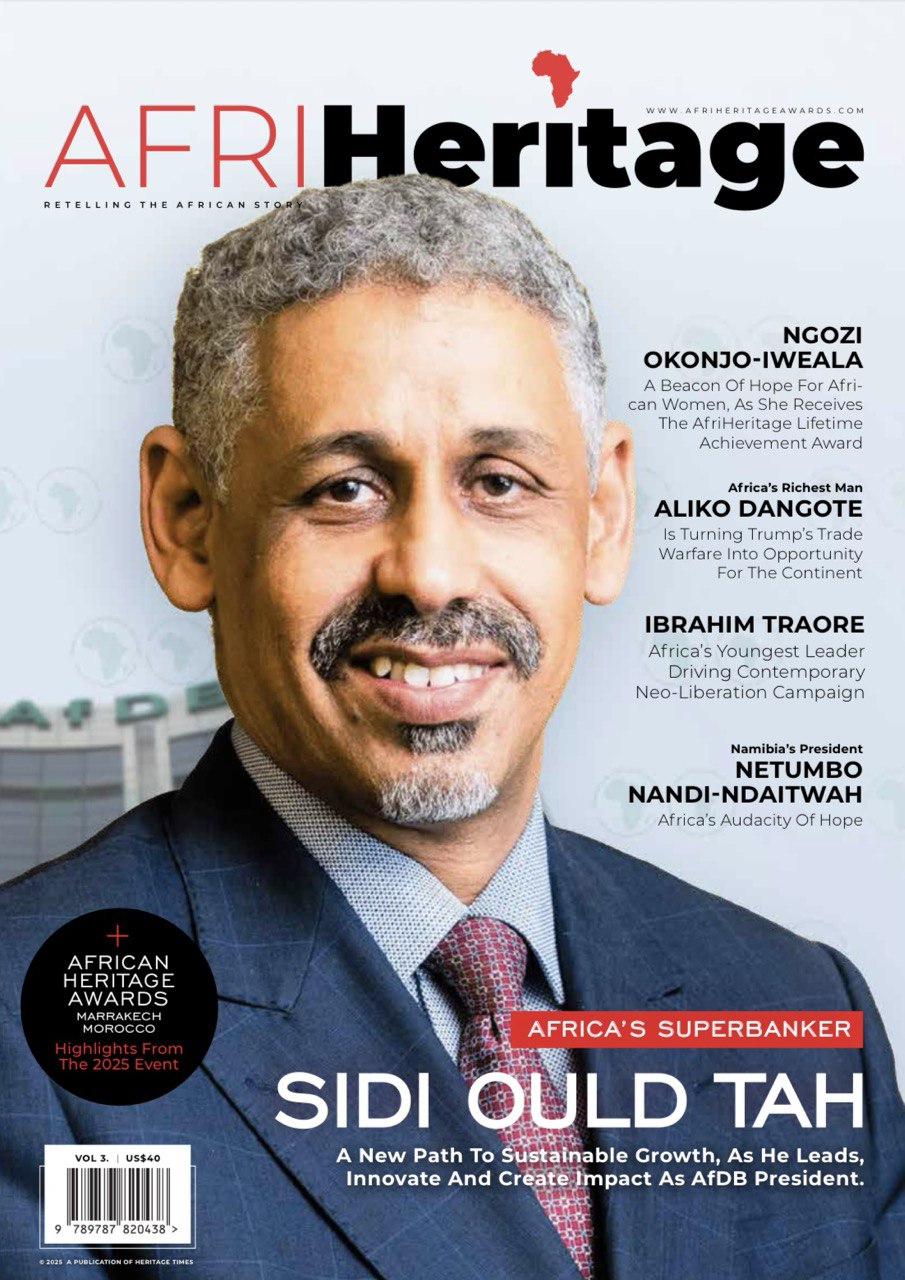By Emmanuel Nduka Obisue
Zimbabwe has been projected by the International Monetary Fund (IMF) to be Southern Africa’s best-performing economy in 2025, with a forecast Gross Domestic Product (GDP) growth rate of six percent, a major rebound from last year’s 1.7 percent.
The IMF’s latest growth outlook for Sub-Saharan Africa, released during the just-ended IMF–World Bank Annual Spring Meetings in Washington D.C., attributes Zimbabwe’s strong recovery to improved agricultural output, stable exchange rates, rising gold prices, expanding infrastructure projects, and a rebound in manufacturing.
At six percent, Zimbabwe’s growth rate is expected to outpace regional peers such as South Africa, Botswana, Zambia, Angola, Malawi, Mozambique, Namibia, and the Democratic Republic of Congo.
IMF African Department Director, Abebe Selassie, commended Zimbabwe’s progress toward restoring macroeconomic stability despite facing limited access to concessional funding compared to other regional economies. He said Zimbabwe has gone through quite a lot of challenges in recent years, and one of the things that distinguishes it from other countries in the region is that it has not been able to access concessional funding to the same degree as others. “Against this difficult backdrop, it is good to see that the country has been trying to put in place the right policies, and in recent months, we have seen significant effort being made,” Selassie said.
He further acknowledged the fiscal and monetary reforms undertaken by authorities to strengthen economic stability. “Importantly, recourse to central bank financing has diminished quite a lot. It will be important to sustain that, because repeated recourse to central bank financing has created a lot of difficulties in the past — with inflation, the exchange rate, and the foreign exchange environment. We are encouraged by what the government has been doing in recent months, and that progress needs to be sustained,” he added.
According to the IMF, Zimbabwe’s policy consistency and continued refinement will be key to maintaining the current momentum and achieving its long-term Vision 2030 goals.
Zimbabwe’s projected 6 percent growth for 2025 is also above the regional average of 4 percent for Sub-Saharan Africa, which the IMF expects to benefit from rising commodity prices, easing geopolitical tensions, and a gradual recovery from climate-related shocks.













